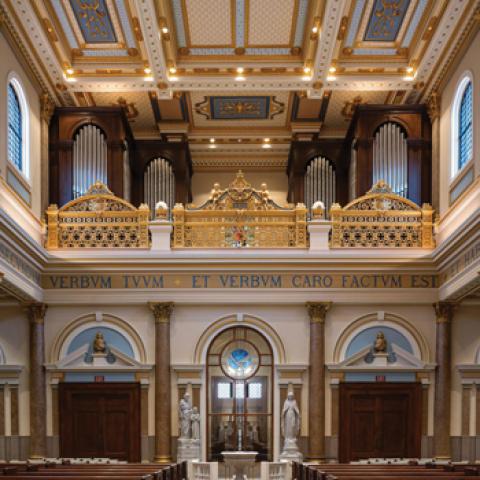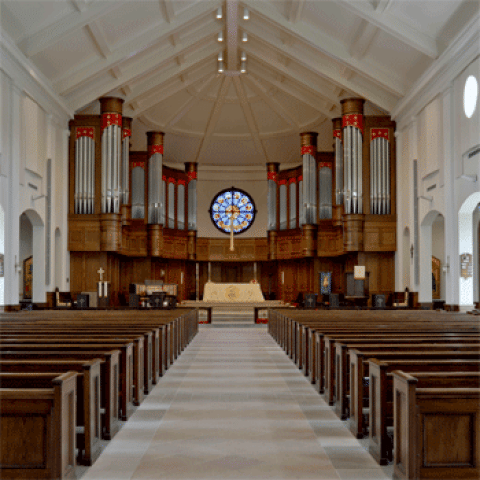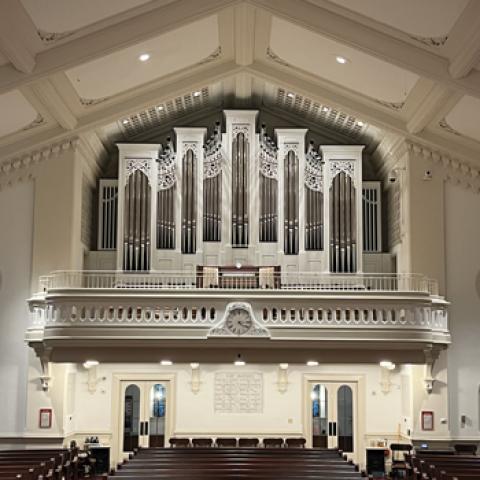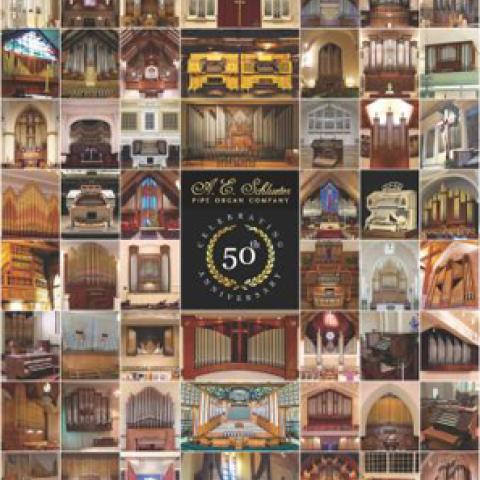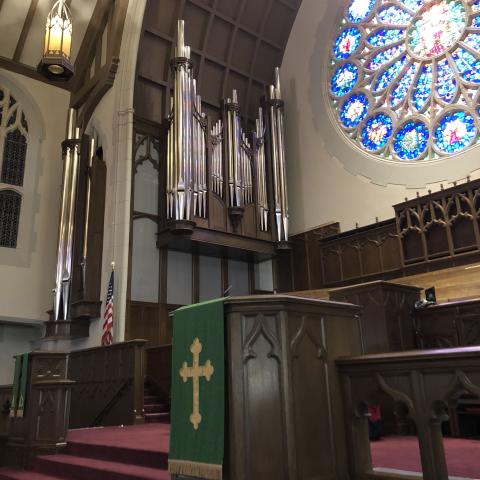
The Cathedral of the Incarnation, Nashville, Tennessee, has selected Goulding & Wood Pipe Organ Builders, Indianapolis, Indiana, to build a new organ for its renovated worship space.
The resources for Opus 54, a three-manual, forty-rank instrument, housed in twin oak cases flanking the gallery stained glass window, will be spread over four divisions—Great, Swell, Solo, and Pedal—and include five sets of pipes retained from the 1920 Henry Pilcher’s Sons instrument.
Goulding & Wood plans to deliver the instrument in spring 2023.
For information: gouldingandwood.com.
Other organ builder news:

